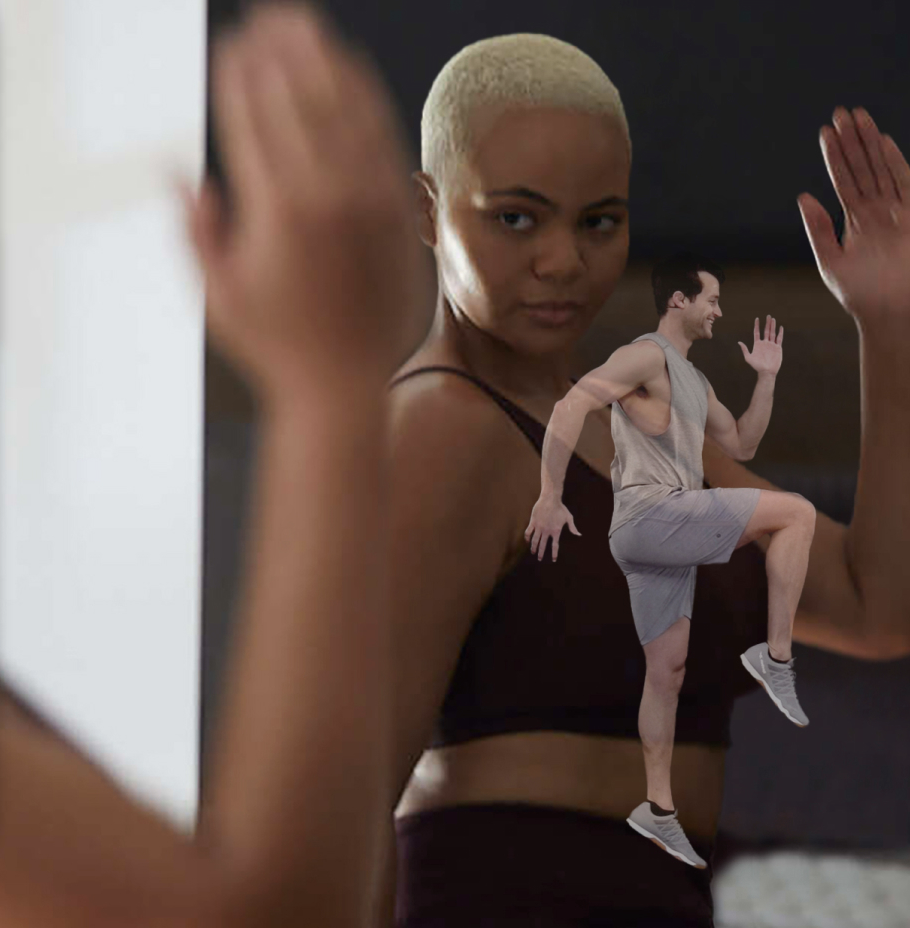How Fitness Mirrors Are Taking The Home Workout Industry By Storm
Learn how fitness mirrors are reshaping the fundamentals of the home workout industry
This article is more than 2 years old

Due to the global pandemic, fitness is something a lot of people still choose to do at home. But it can be tricky to follow classes on a smart device or television. Whether it’s the screen being too small, or the experience too impersonal, motivation can slip away very easily. Luckily, there’s a brand new range of workout gadgets to help you push your health and wellness to the next level. And the latest trend is fitness mirrors.
Fitness mirrors are specially designed for exercise enthusiasts. With the experience it promises, users feel like they’re working out with a fitness trainer at the gym while in the comfort of their own home. Standing vertically at around 6ft tall (180cm), this new gadget contains a built-in computer, connects to the internet, and also works as a video screen. Once set-up is complete, users can engage with an online trainer, who appears on the mirror/screen along with their reflection.
The more advanced fitness mirrors are even fitted with cameras and speakers. This way the trainer can observe your movements, and suggest tweaks and changes. Additionally, people also have the option of live one-on-one lessons or group classes. There are also several workouts on offer, including weight training, pilates, cardio, and yoga. The less advanced mirrors are pretty cool too – the video and sound just work one way. Users can see and hear the trainer, but not the other way around. The live lesson option also disappears, and a library of streamed workout videos becomes available instead.
Whether you go for a higher-end model or the more basic offering, the fitness mirror sells for $1,300. A monthly subscription is then added to that cost. Additionally, the touch-screen mirrors are fitted with sensors, which connect to artificial intelligence (AI), which can give users feedback on their form and suggest improvements. According to BBC News, the first of these gadgets to go on sale in the United Kingdom was the Vaha.
Developed by the German company of the same name, the fitness mirror hit store shelves last year. While Vaha describes says its product delivers a fully personalized, immersive sessions for body, mind, and nutritional health, experts have been debating if there is any real advantage to watching yourself work out. Vice President of Public Relations at iFit, Colleen Logan says that seeing yourself allows the user to adjust their form and get optimum benefits of strength exercises. It also minimizes mistakes that could lead to injuries.
However, Sports and Fitness Psychologist at Loughborough University Dr. Anthony Papathomas says although there is merit to this theory, he still has some concerns. “From a psychological perspective, exercising in front of your reflection might provide important feedback,” he said via BBC News. However, while it may appeal to aesthetic motivations for exercise which can feel rewarding, he warns about the harmful effects fitness mirror may have on people who struggle with body image insecurities.
“It may be a problem for those new to exercise and looking to make a lifestyle change,” Dr. Papathomas told the publication. “Even for regular exercisers, we know there are many who experience body dysmorphia or eating disorders, and for them, seeing a reflection throughout their exercise might be troubling.” As such, it would be advisable to consult with a medical professional before purchasing a fitness mirror or any new exercise equipment.



